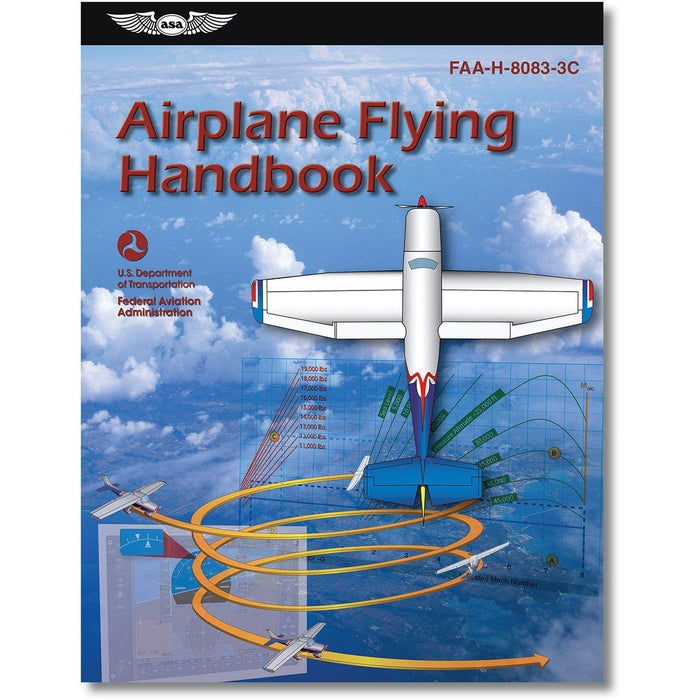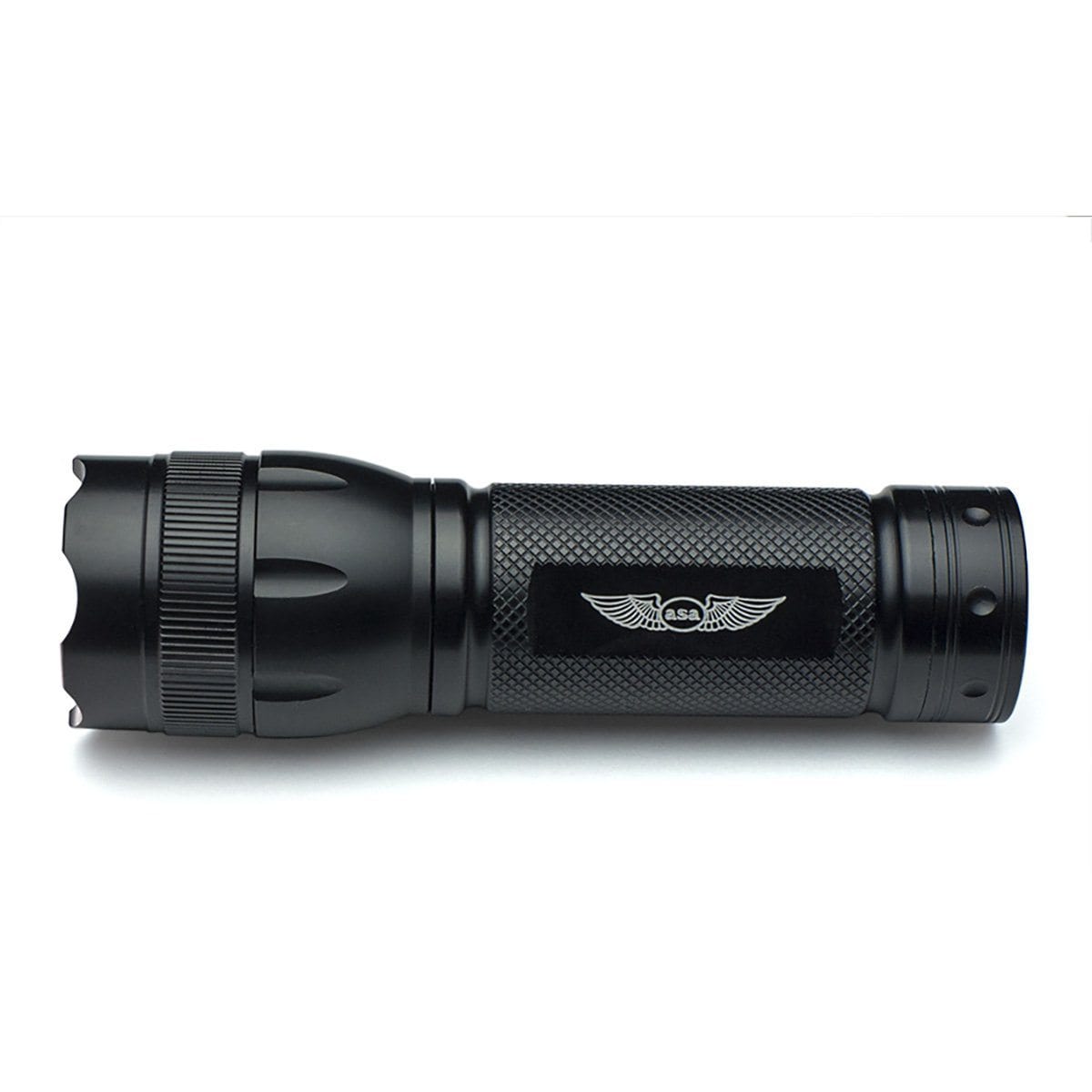What are night flying illusions?
Our physical human senses are well-adapted to provide us with information about what is happening in the world around us. Usually, this information is accurate, but don’t get complacent. Our senses are not foolproof and they can be tricked, especially during flight.
Sometimes our bodies’ sensory perceptions do not accurately reflect the movement or position of the aircraft. When our body is telling us one thing, but the instruments are indicating something else, we say that we are experiencing a sensory illusion.
Sensory illusions can happen both during the day and at night. Types of sensory illusions that occur primarily or exclusively at night are often called night flying illusions.

What causes night flying illusions?
We already know that sensory illusions are caused by a disconnect between reality and what our physical senses are telling us. But what causes this disconnect?
Sensory illusions that can occur during either day or night often originate from our vestibular system or inner ear.
At night, we face the added challenge of diminished visibility, and since we humans aren’t equipped with built-in night vision goggles, our sense of sight is significantly impaired in the dark. Our eyes play tricks on us and create a series of night flying illusions.

What are the most common night flying illusions?
Today we will demystify 6 of the most common night flying illusions. If you know what to anticipate, these sensory tricks will be less likely to catch you off guard. You will simply recognize them immediately and act appropriately to counteract their effect.
Ready to make your night flying unhackable? Let’s get started.
Autokinesis
We’ll begin with a phenomenon that many of you have already experienced on the ground. Have you ever stared up at a single star in the night sky and noticed that after a while, it seemed to move right before your eyes? This is autokinesis.
In the night cockpit, if you fix your vision on a single stationary point of light off in the distance (either a star or lone ground-based light), after a few minutes, small imperceptible eye movements can make that stationary light appear to move. When this happens, you can easily become disoriented thinking that you have shifted off course relative to the reference point.
Avoid falling prey to this illusion by maintaining a normal visual scanning pattern and not lingering too long on any one point. Keep your eyes in motion and you will be just fine.
Black Hole Approach
On a daytime approach or even a night approach over a well-lit area, you can use peripheral visual cues to confirm your glide path throughout your descent. You have feedback on your position relative to the runway. Now imagine that same scenario but with no peripheral cues to guide you.
Depending where you fly, you may one day make an approach to landing over a body of water or other unlit terrain feature. Now add in a lack of visible horizon beyond the illuminated runway. This darkness between you and the runway coupled with an inability to establish the visual reference point of the horizon creates a potentially dangerous set of circumstances for a pilot. It is known as a black hole approach.
The runway seems to float on its own with no external frame of reference. If you try to rely on a visual approach under these black hole conditions, you risk falling victim to glide path overestimation (GPO) and ending up on a dangerously low glide path that in a worst-case situation could cause you to crash land short of the runway.
The solution? If you are setting up for a black hole approach, trust your instruments and use them, not your vision to maintain glide path. A visual glide slope indicator is your best friend on this type of approach.
If you do become disoriented or feel unsure about your rate of descent, remember that it is better to do a go around than try to force a potentially unsafe landing.

False Horizons
Remember that inability to see a visual horizon that we just talked about? Another potential danger is seeing something which you think is the horizon and orienting yourself accordingly only to find out too late that what you saw was a false horizon.
At night, sloping cloud formations, geometric patterns of ground light, and a dark visual field filled with a mixture of stars and ground lights can all play tricks on your eyes. While you are flying straight and level, you may see something at an angle and visually misinterpret it to be the horizon. This causes disorientation, and if you instinctively realign yourself with this false horizon, the resulting unperceived bank can lead to a disastrous controlled flight into terrain (CFIT).
Avoid falling victim to this illusion by continually crosschecking what you are seeing and perceiving with your attitude indicator. Again, trust your instruments.
Flicker Vertigo
Even if you aren’t normally prone to the disorientation and spinning feeling of vertigo, you should be prepared for the possibility of experiencing it during night flight. Flicker vertigo is a type of vertigo pilots can experience at night thanks to anti-collision lights, strobe lights, cockpit lights or other aircraft lights. It can also appear when you take off from a well light runway and make the transition into the dark night sky.
If you start to experience flicker vertigo, look away from the light source causing the vertigo, and the symptoms should subside. Flicker vertigo is usually more of a minor irritation than a source of serious impairment to most pilots.

Head-up Illusion
Another night flying illusion that can occur during takeoff is the head-up illusion. As your eyes transition from the bright lights of the airport to the relative darkness of the sky, you may suddenly feel that the nose of your plane is pitching up more than it should. Your instinct would be to correct by pushing the stick forward and lowering the nose, however if you are experiencing a head-up illusion, this action could cause a crash.
As with other illusions, be aware of the potential and crosscheck what you are feeling versus what your instruments are reading prior to making any input corrections.
Runway Lights
When you make an approach to landing, the sea of runway lights can be very visually confusing especially on your first few night flights. It’s hard enough to gauge your distances with the limited visual references you have in the dark, and the well-illuminated runway can play its own tricks on you.
As you make your approach, remember that bright runway and approach lights especially at an airport that is surrounded by dark terrain, will make the runway seem closer than it really is. If you’re not careful, you can also be tricked into feeling like you’re flying lower than you really are. This can cause you to make an approach that is too high.
By now, you already know the solution: trust your instruments. Faith in your instruments will help you break through just about any night flying illusion so you can enjoy the beauty and peace of a quiet and safe night flight.
The FAA Airplane Flying Handbook FAA-H-8083-3B does a great job of explaining night flying. Pick up your copy today.










1 comment
Godfrey Dengwani
An excellent presentation….thanks a million times.